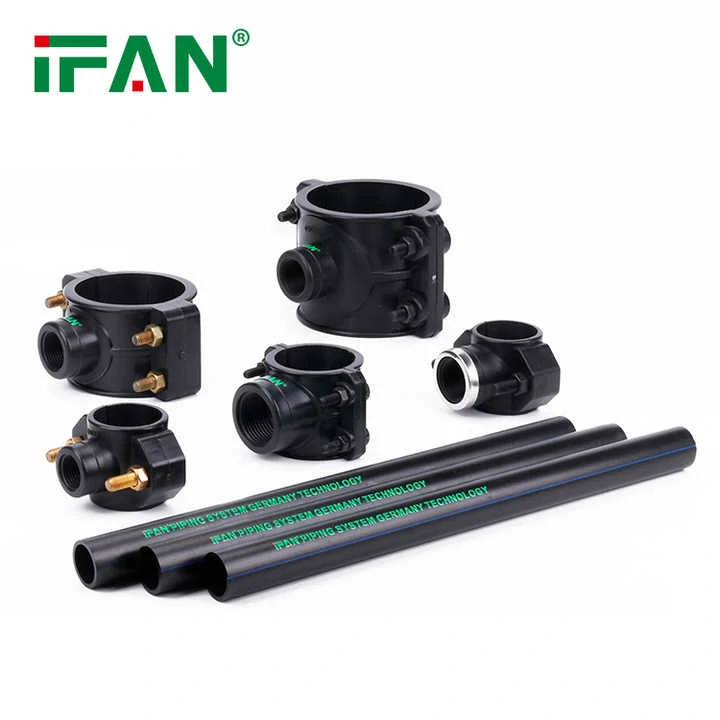Understanding Saddle Clamps
Saddle clamps are used to secure pipes to surfaces, providing stability and preventing movement. They are commonly used in plumbing, HVAC, and industrial systems. A 2023 U.S. plumbing guide emphasized that saddle clamps must be properly supported to ensure long-term reliability. Improper installation can lead to pipe damage or system failure.
Choosing the Right Saddle Clamps
Selecting the correct saddle clamps is crucial for effective support. Canada’s 2023 industrial report highlighted that clamps must match the pipe size and material. For example, stainless steel saddle clamps are ideal for metal pipes, while plastic clamps suit PVC pipes. Using the wrong type can compromise the system’s integrity.
Proper Installation Techniques
Saddle clamps should be installed at regular intervals to distribute weight evenly. Australia’s 2023 plumbing study recommended spacing clamps every 6 to 8 feet for horizontal pipes. Vertical pipes require closer spacing, typically every 4 to 6 feet. Proper spacing prevents sagging and reduces stress on the pipes.
Surface Preparation
The surface where saddle clamps are mounted must be clean, flat, and sturdy. The EU’s 2023 plumbing audit found that clamps installed on uneven surfaces often fail prematurely. Use appropriate fasteners, such as screws or bolts, to ensure a secure attachment. Avoid over-tightening, as it can damage the pipe or clamp.
Support for Heavy Pipes
Heavy pipes require additional support beyond saddle clamps. Japan’s 2023 industrial report suggested using pipe hangers or brackets in conjunction with saddle clamps. This approach distributes the weight more effectively and reduces the risk of clamp failure. Ensure all supports are aligned and securely fastened.
Maintenance and Inspection
Regular maintenance and inspection are essential to ensure saddle clamps remain effective. Germany’s 2023 maintenance guide recommended checking clamps annually for signs of wear, corrosion, or loosening. Replace damaged clamps immediately to prevent system failures. Lubricate moving parts if necessary to maintain functionality.

Applications and Best Practices
Saddle clamp are used in various applications, including plumbing, HVAC, and industrial piping systems. Boeing’s 2023 aircraft study highlighted their use in securing hydraulic and fuel lines. Best practices include using clamps with rubber liners to reduce vibration and noise. Always follow manufacturer guidelines for installation and use.
Cost and Durability Considerations
High-quality saddle clamp may cost more but offer better durability and performance. South Korea’s 2023 installation manual emphasized that investing in reliable clamps reduces long-term maintenance costs. Avoid cheap, low-quality clamps, as they are more likely to fail and require frequent replacement.

